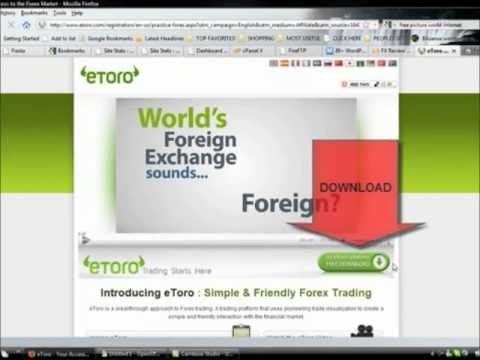Currency board Wikipedia the free encyclopedia
Post on: 23 Декабрь, 2015 No Comment

A currency board is a monetary authority which is required to maintain a fixed exchange rate with a foreign currency. This policy objective requires the conventional objectives of a central bank to be subordinated to the exchange rate target.
Features of orthodox currency boards [ edit ]
The main qualities of an orthodox currency board are:
- A currency board’s foreign currency reserves must be sufficient to ensure that all holders of its notes and coins (and all bank creditors of a Reserve Account at the currency board) can convert them into the reserve currency (usually 110–115% of the monetary base M0 ).
- A currency board maintains absolute, unlimited convertibility between its notes and coins and the currency against which they are pegged (the anchor currency ), at a fixed rate of exchange, with no restrictions on current-account or capital-account transactions.
- A currency board only earns profit from interests on foreign reserves (less the expense of note-issuing), and does not engage in forward-exchange transactions. These foreign reserves exist (1) because local notes have been issued in exchange, or (2) because commercial banks must, by regulation, deposit a minimum reserve at the Currency Board. (1) generates a seignorage revenue. (2) is the revenue on minimum reserves (revenue of investment activities less cost of minimum reserves remuneration)
- A currency board has no discretionary powers to affect monetary policy and does not lend to the government. Governments cannot print money, and can only tax or borrow to meet their spending commitments.
- A currency board does not act as a lender of last resort to commercial banks, and does not regulate reserve requirements.
- A currency board does not attempt to manipulate interest rates by establishing a discount rate like a central bank. The peg with the foreign currency tends to keep interest rates and inflation very closely aligned to those in the country against whose currency the peg is fixed.
Consequences of adopting a fixed exchange rate as prime target [ edit ]
The currency board in question will no longer issue fiat money but instead will only issue one unit of local currency for each unit (or decided amount) of foreign currency it has in its vault (often a hard currency such as the U.S. dollar or the euro ). The surplus on the balance of payments of that country is reflected by higher deposits local banks hold at the central bank as well as (initially) higher deposits of the (net) exporting firms at their local banks. The growth of the domestic money supply can now be coupled to the additional deposits of the banks at the central bank that equals additional hard foreign exchange reserves in the hands of the central bank.
Pros and cons [ edit ]
The virtue of this system is that questions of currency stability no longer apply. The drawbacks are that the country no longer has the ability to set monetary policy according to other domestic considerations, and that the fixed exchange rate will, to a large extent, also fix a country’s terms of trade, irrespective of economic differences between it and its trading partners. Typically, currency boards have advantages for small, open economies which would find independent monetary policy difficult to sustain. They can also form a credible commitment to low inflation.














